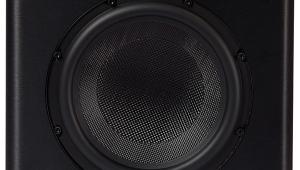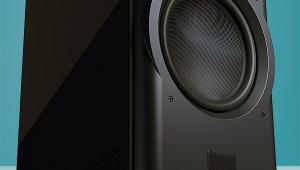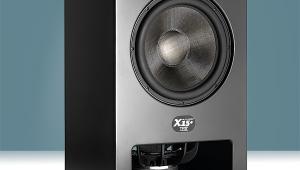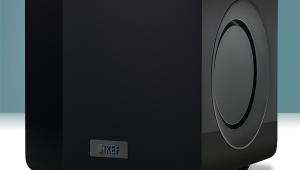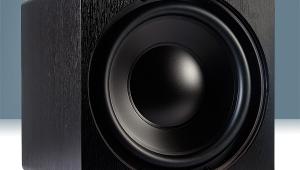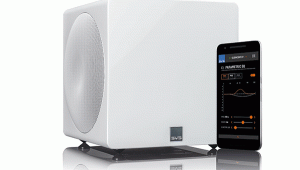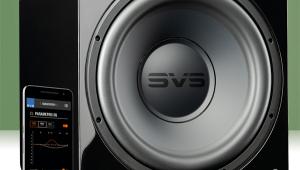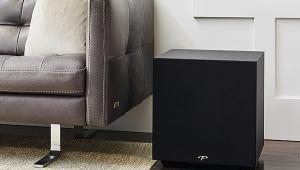SVS PB-3000 subwoofer review
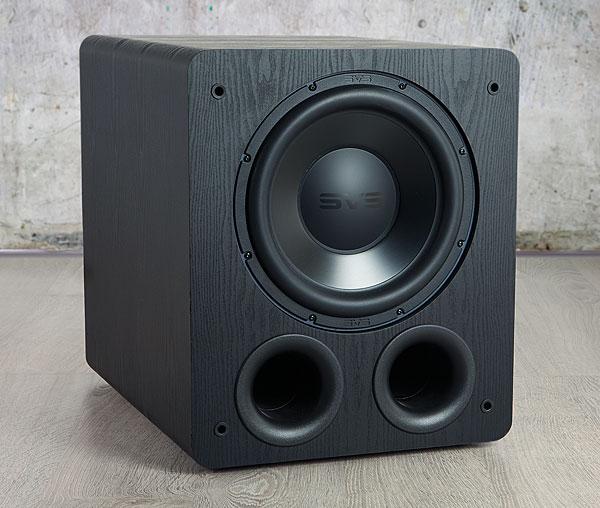
 Mark Craven discovers SVS's mid-range ported subwoofer adds an extra layer of enjoyment to heavyweight soundmixes. Cue Ready Player One...
Mark Craven discovers SVS's mid-range ported subwoofer adds an extra layer of enjoyment to heavyweight soundmixes. Cue Ready Player One...
SVS has a settled strategy when it comes to its subwoofer stable: it sells both ported and sealed variants, to give consumers a choice. The smaller sealed models are for those wanting to install a sub in a typical living environment (or, as SVS puts it, 'mixed media' entertainment systems), while the larger ported offerings are for dedicated movie rooms.
And, perhaps for those who like to be terrified by bass. In a ported sub, the self-damping nature of a sealed design is removed, giving the driver more excursion potential – required to maintain output level as frequencies drop lower. Combined with the sub's natural (but carefully calculated) system tuning frequency, the result is a more consistent output. Meaning when your movie sound engineer gets happy with the LFE track, you're going to hear/feel it.
The PB-3000 tested here claims a 16Hz reach, and aims for a flat response to around 20Hz. By comparison, the smaller, sealed SB-3000 [see HCC #298], while ultimately rated at 18Hz, will begin to roll-off much higher (and more gradually). In smaller listening environments, room gain will compensate for some of this; but in a larger space, SVS's ported design should be more suitable.
And it would have to be a larger space as the PB-3000 is a bit of a beast. Measuring 55cm high, 46.5cm wide and 59cm deep, it's by no means subtle. Just to make blending it into your movie den even trickier, it's only available in a black ash finish – the funkier piano gloss black option of the SB-3000 is missing.
Weighing 37.3kg, you might want a buddy to help you unpack it, but once in place it's not too hard to shift around, with SVS's screw-in rubber feet creating space to get your fingers underneath.
The front face showcases the sub's 13in driver and twin 3.5in ports. You'll also spot four holes to affix the sub's rather ungainly steel mesh grille. I expect magnetic fixings aren't used for fear of the grille simply being blown off.
That 13in cone is identical to the one used in the SB-3000, only in that model it pretty much fills the entire baffle. Here it looks almost small. Toiling away behind the scenes to give the driver its get-up-and-go are an edge-wound voice coil, dual 'massive' toroidal magnets and an FEA-optimised cast aluminium basket. Plus, of course, an amplifier – in this case an 800W Sledge Class D amp (rated at 2,500W peak output) and associated DSP.
Around the back you'll find a stereo/LFE phono input and stereo phono output, 12V trigger port and connection for SVS's SoundPath wireless adapter. There's also an Intelligent Control Interface (ICI), which gives access to low-pass filter, volume and phase settings, signified by some flashy LED lights.
Old-fashioned dials would arguably be better, if the sub wasn't also compatible with SVS's Bluetooth control app, which is quick to get up and running, and makes tweaking simple. The app also introduces a three-band parametric EQ tool for frequency fine-tuning, plus Movie, Music and Custom presets.
Specs-wise, the PB-3000 should have enough about it to make a serious impression. And that's exactly what it does.
Taking Hold
The general idea is that sealed subwoofers exercise better control and precision, while ported models are more gung-ho and, perhaps, unruly. That never seemed quite the case with the PB-3000. Even compared to its sealed stablemate (during my audition I was able to switch between the two), I was startled by its ability to take hold of a bassline or LF effect and grip it tightly. At the same time, its greater power at the very low-end made film mixes seem... bigger. A bit like the subwoofer itself.
 |
Home Cinema Choice #351 is on sale now, featuring: Samsung S95D flagship OLED TV; Ascendo loudspeakers; Pioneer VSA-LX805 AV receiver; UST projector roundup; 2024’s summer movies; Conan 4K; and more
|






